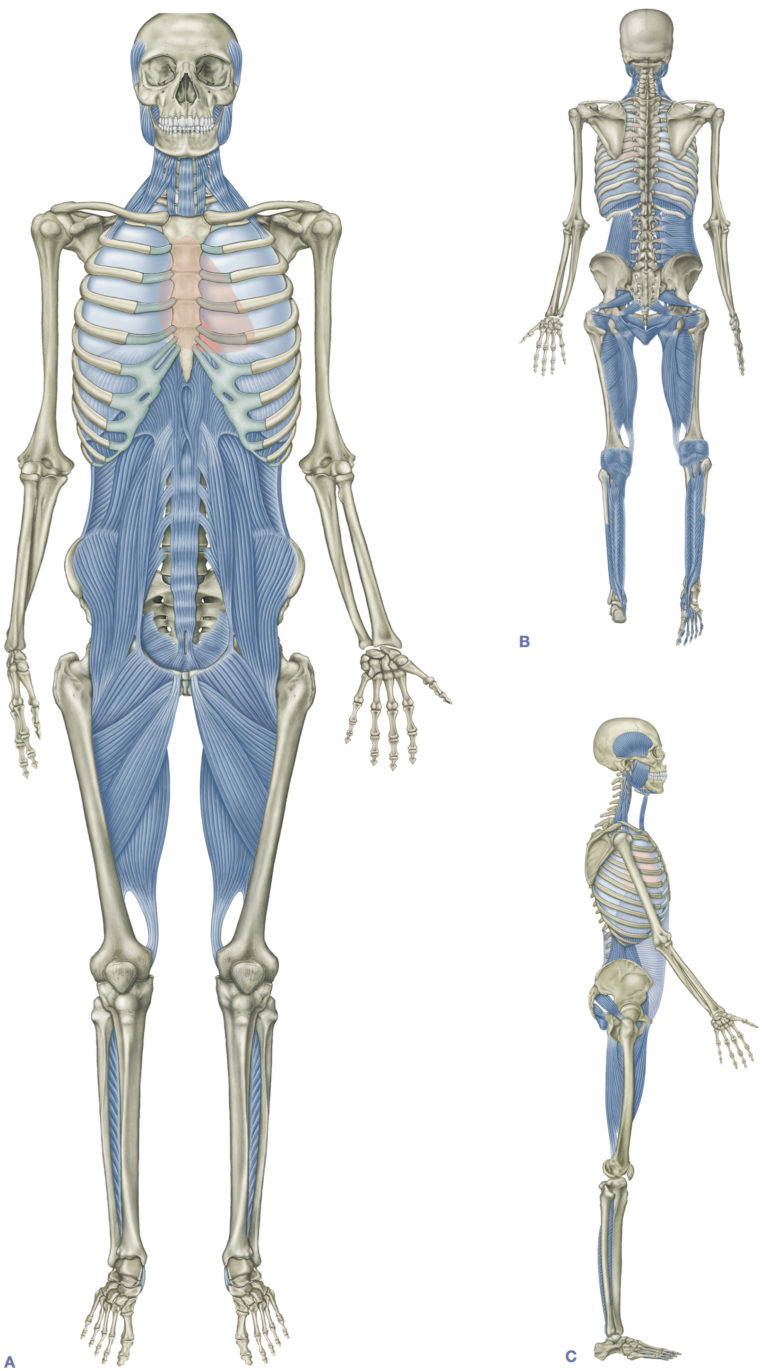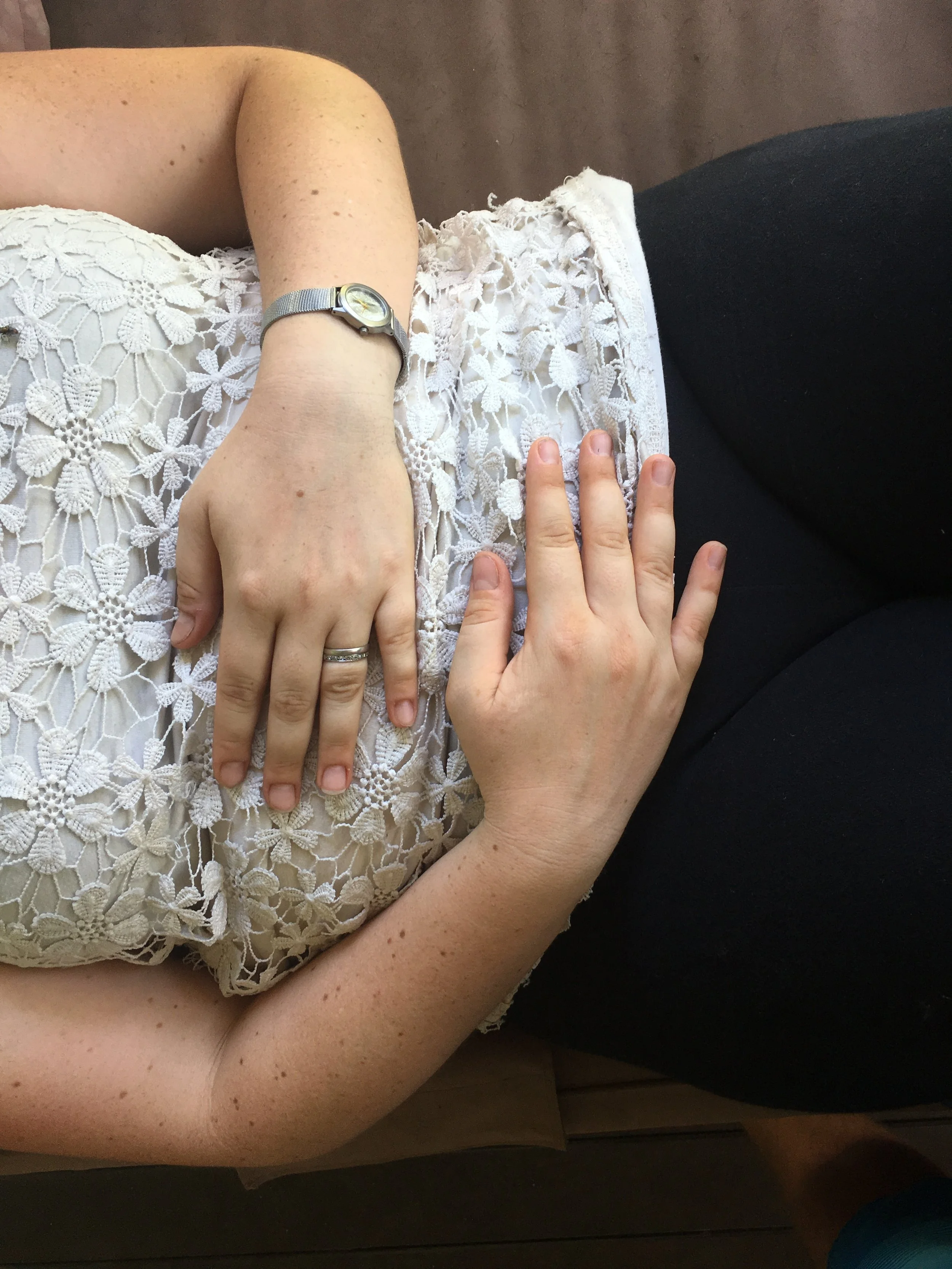There’s more to your core than you think…
For years I have been banging on about core integration with clients who come and see me following injury or recovery from surgery. Everyone will have experienced me on my soap box from time to time, saying that there is more to your core than just abdominal activation!
What is our Core?
Our core is our foundation, where we draw our ultimate support for our bodies, both emotionally and physically. It’s our sense of self, our connection to our inner being. If we can connect with our core, integrate this inner knowing and feeling into our lives, we can tap into our true potential and move through life, both emotionally and physically, with ease.
From a physical standpoint, there is a range of body parts, which organise and connect together to create our core. One of the main aspects of the Core and often where I see dysfunction is with the Deep Core Line.
The Deep Core Line really is a continuous, whole, connected unit: it begins in the toe flexors and arches, moves through the deep inner shins, the back of the knee, inner thighs, into the pelvic floor and psoas, right through the diaphragm, up into the throat and the back of the skull, and ends in the tongue. Yeah, it’s everywhere! Wanna see it for yourself?? Take a look at this video. (Warning: This is a short video of a real life Deep Core Line, so if guts and gory aren't your thing... keep scrolling).
The first breath....
Integrating the Core components involves improving the function and connectedness of the whole body, so that the body can access these areas, to work in unison and create structure so that movements come with efficiency and ease. When we do core exercises, we are stimulating this core line, which transports support and structure through the body. If you've lost your connection with your deep core line, we can start to re-connection and access this area via our breath.
A great metaphor to understand how this action works and moves through the body, is to think about the breath (diaphragm) and the pelvic floor working together like valves. These valves pump energy up through the body and provide support for the above structures. There's a few throughout the body, helping the Deep Core line to do their things. These valves start at the toes (gripping onto the floor), then pelvic floor, then the diaphragm (via breath and upper abdominals), the hands (when we use these for support), and the up into the tongue, resting at the back of the roof of the mount behind the two front teeth.
When we take a breath in, our diaphragm descends, causing the other ‘valves’ in the chain to activate. The first one is our pelvic floor. Our diaphragm descends and our pelvic floor will activate, to stop any organs from making a sudden exit out of our bodies. This pumping or energy movement flows outward through our bodies, and recruit support from the deep core line and it’s surrounding structures to hold us upright, and during movements, in particular so we can keep breathing whilst we move.
Getting back to your core...
Exploring and reconnecting your deep core line can come from engaging in activities which force you to use different aspects of your body and not become focused on movement always in the same ways. Breathing is a great place to start on becoming aware of how your body moves and where you body is stuck.
First, try adding in 10 minutes before you go to sleep at night, to do some abdominal breathing…
When you go to bed each night, place one hand above your belly button and one hand below. Breath into your hands and notice where you have ease and space of movement and also where there isn’t.
How can you add more space so that this movement is 3D, as in your chest cavity and belly moving in all directions?
Wanna take it to the next level and really feel the whole deep core line in action? Try this…
Lie on your back and rest your head in your interlaced hands (yes, rest–feel your throat soften).
Shoulder blades are just slightly off the floor.
Take your shins to parallel with the ground, knees connected, toes softly activated. Breathe into your belly. (Yes, breathe. Into your belly.)
Inhale, and move your knees just a little bit beyond your hips. It’s okay if your lower back lifts up a little bit.
Exhale and curl your whole spine up like a ball–not just your legs, but the whole spine. It doesn’t have to be a huge movement.
Repeat 10 times.
Remain relaxed, and breathe into your belly.
You can’t help but find your deepest core muscles, because you are telling the more superficial ones to relax. If you start shaking, good, you are in the right spot!
Core integration means soo much more!
I like to reframe my perspectives on life often, so rather than thinking how weak or unengaged you may be with your core and how this radiates out into your body, whether physically or emotionally, perhaps appreciate that you have one.
Moving from your core, not only in a physical sense, can mean so much more that integration of just your physical body. If you consider how you connect to your own integrity, what do you need more of, what do you need less of? As we find these alternative movements, or new ways of approaching our life (both in our movements and thoughts/actions) we can explore what which is possible, with strength and ease, if we soften into the process, soften into our daily movements.
“The green reed which bends in the wind is stronger than the mighty oak which breaks in a storm”
Soften, relax, and go deep—awaken the parts of you that want to be integrated so that you approach challenge knowing you can do it if you can connect to it.


